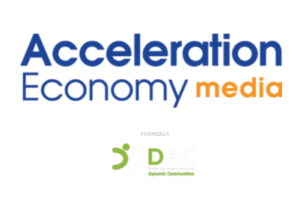Solution Management in Dynamics 365 and Power Platform

In this how-to video, UG Expert Kylie Kiser demonstrates how to create a solution and add components to it.
Agents & Copilots are defining the future of Dynamics, CRM, Power Platform, Azure, Fabric, and more. Register for Community Summit NA 2025, running October 19-23 in Orlando, FL, to explore and discover what this means to you.
Key Takeaways
- Solutions: When working with Dynamics 365 CE or Dataverse applications, it’s essential to use solutions for making changes. Transitioning to the modern Maker portal is recommended for access to all modern features, including Flow and Canvas apps.
- Creating a solution: Creating a solution in Dynamics 365 involves navigating to the Maker portal, selecting “Solutions,” and defining a new solution with a unique name and a publisher. The publisher determines the prefix for fields and option set values which is particularly beneficial for consultants who need to distinguish their work from that of other vendors.
- Adding components: Creating a solution in Dynamics 365 starts with a blank slate in the Maker portal, where you can add only the necessary components such as tables, AI models, and apps. It’s important to add only the items you’re changing, rather than including all objects, to maintain a clean and efficient solution environment.
- Managing solutions: When managing Dynamics 365 solutions, it’s recommended to add only the items you’re actively changing or to start with a blank table and add fields as needed. This approach, along with using the solution’s prefix for new fields, helps keep solutions small and manageable for easy transfer between environments.
- Exporting a solution: Solutions are exported for deployment to different environments, with the best practice being to use managed solutions for higher environments to ensure changes are made in the lowest (development) environment first. This process promotes a structured development workflow and minimizes dependencies and issues when moving solutions to production.

